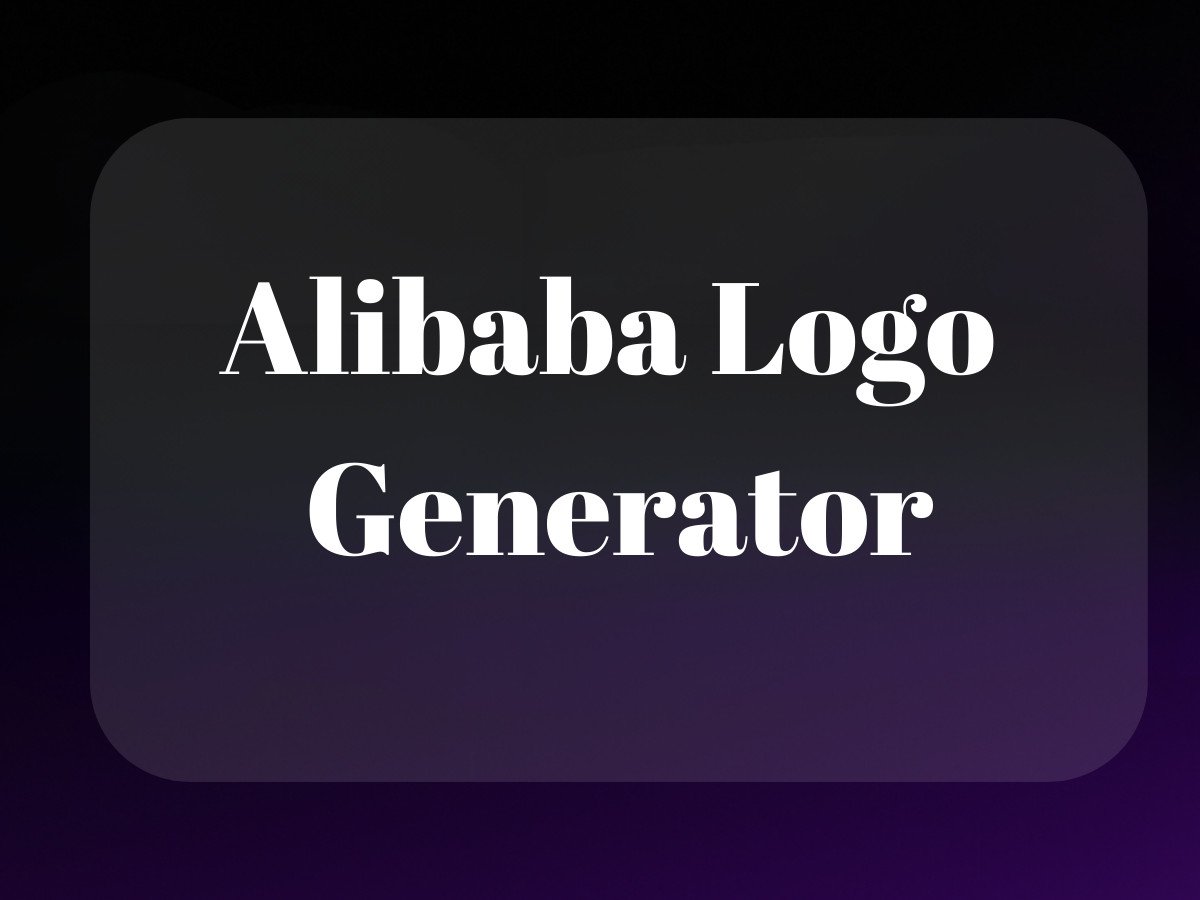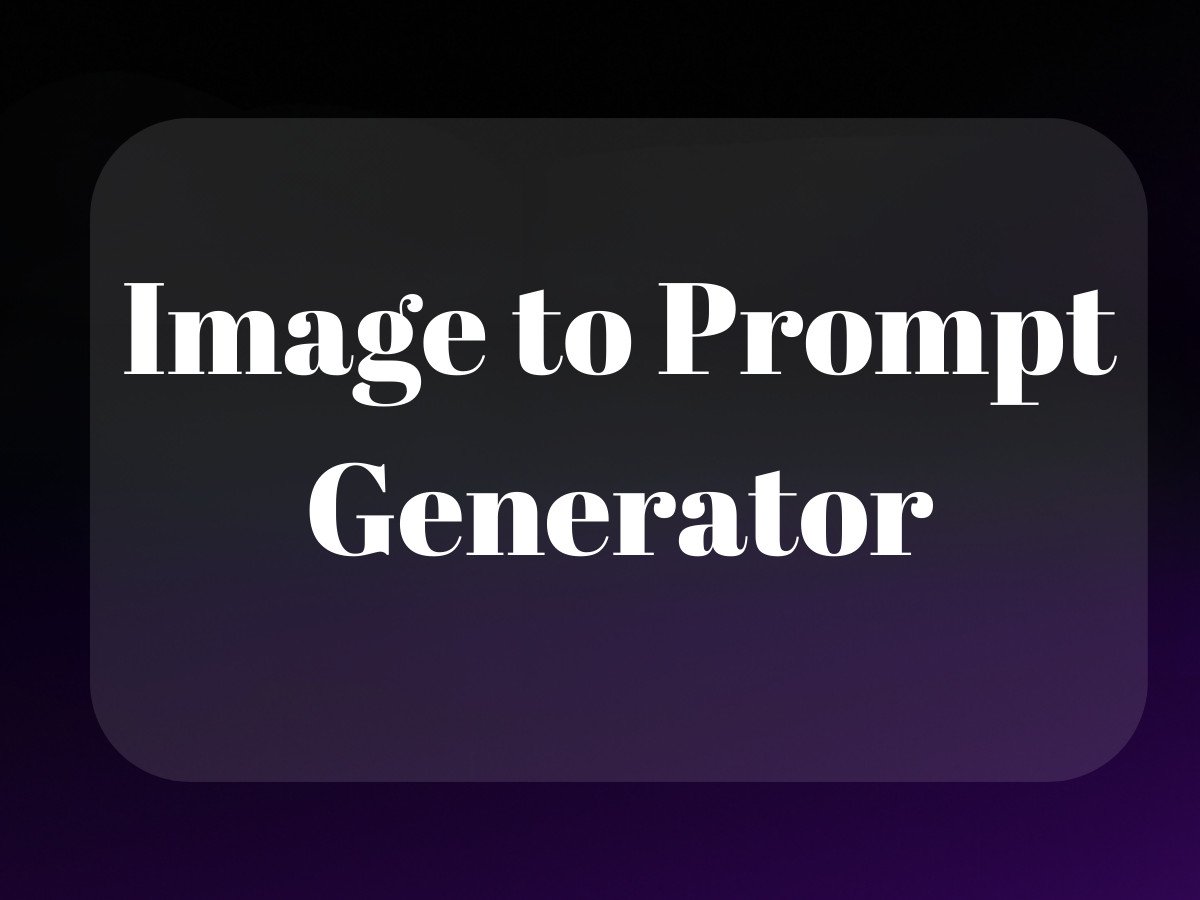Understanding XRay in Amazon Product Research: More Than Just a Fancy Tool
Let’s be honest – most Amazon sellers are drowning in data while thirsting for actual insights. It’s like having a supercomputer but only using it to play Pong. The disconnect isn’t from a lack of tools (we’ve got plenty of those), but from not knowing how to leverage them effectively. For example, knowing how to use Amazon seller tools effectively can make a big difference.

That’s where XRay comes in. But before we dive into the nitty-gritty, let’s clear up something important: XRay for product research isn’t the same thing as that cool feature that tells you which actor is on screen during your Prime Video binges. Though wouldn’t it be nice if product research was as easy as identifying celebrities? Imagine if it could be as simple as using an Amazon scanner app.
What Exactly is XRay (And Why Should You Care)?
Think of XRay as your product research MRI machine. It’s like having X-ray vision into Amazon’s marketplace, showing you what’s really going on beneath the surface of those bestseller rankings and sponsored listings. Whether you’re using Helium 10’s version or another tool’s implementation, XRay essentially gives you a detailed snapshot of any product’s performance metrics. It can even help you understand how selling on eBay works.
But here’s where it gets interesting – and where most sellers get it wrong. XRay isn’t just about pulling numbers; it’s about understanding market dynamics. It’s the difference between knowing a product makes $50,000 a month and understanding why it makes $50,000 a month.
The Data-Driven Revolution in Amazon Product Research

Remember when finding products to sell on Amazon was basically educated guesswork? Some sellers still operate that way, which is about as effective as trying to win at poker while wearing a blindfold. The game has changed, and XRay tools have been at the forefront of this evolution. They’ve become as essential as knowing what has recently sold on eBay.
Why Traditional Product Research Doesn’t Cut It Anymore
I’ve seen countless sellers fall into the “that looks good” trap. You know the one – where you spot a product that seems promising because it has a Best Sellers Rank under 1,000 and decent reviews. But without deeper analysis, you’re essentially playing Russian roulette with your inventory budget.
Modern XRay tools like Helium 10 (yes, even if you’re typing it as “hellium10” – the tool won’t judge your spelling) have transformed this process from guesswork into a science. They provide data points that would’ve seemed like science fiction just a few years ago:
- Monthly sales volume trends
- Revenue estimates that actually make sense
- Competitive density metrics
- Price history patterns
- Seasonal demand fluctuations
For more in-depth insights, check out these Amazon product research tips.
The Real Impact on FBA Success
Here’s something most “gurus” won’t tell you: having access to XRay data doesn’t guarantee success. It’s like having a high-end DSLR camera – it won’t automatically make you a great photographer, but it gives you the tools to become one if you know what you’re doing.
I’ve worked with brands that have used XRay tools to build 6-figure product lines from scratch, and I’ve seen others who had the same tools but couldn’t make it work. The difference? Understanding how to interpret the data and, more importantly, what to do with it. Knowing how to use Sponsored Display on Amazon can also be a game-changer.
For a broader perspective, read about Amazon product research tips for 2022.
Breaking Down XRay’s Core Functionality
Let’s get practical. Whether you’re using the Helium 10 Chrome extension or another research tool, XRay typically provides three critical layers of insight:
Market Opportunity Analysis
This is where most sellers start – and where many should spend more time. XRay tools scan through historical data to show you:
- Average daily sales (not just BSR, but actual unit movements)
- Revenue patterns across different price points
- Market depth (how many sellers are actually making money)
- Seasonal trends that could make or break your product
Competition Mapping
Here’s where it gets interesting. Good XRay analysis isn’t just about finding products with high demand – it’s about understanding the competitive landscape. The tools will show you:
- Number of active sellers in your niche
- Review velocity and distribution
- Brand presence and market share
- Pricing strategies across competitors
Profitability Indicators
This is the money part (literally). Modern XRay tools will help you calculate:
- Potential margins after FBA fees
- Required investment for inventory
- Expected ROI based on current market conditions
- Break-even analysis
But here’s the thing about profitability calculations – they’re like weather forecasts. They’re based on historical data and current conditions, but they’re not guarantees. That’s why you need to understand how to read between the lines. Checking Shopify gift cards might also give you additional insights.
The Hidden Patterns in XRay Data

After analyzing thousands of products through XRay tools, I’ve noticed patterns that most sellers miss. It’s not just about the raw numbers – it’s about understanding the story behind them.
For instance, a product might show strong sales numbers, but if you dig deeper, you might find that 80% of those sales are concentrated among two sellers who have been in the market for years. That’s a very different scenario from a market where sales are evenly distributed among newer sellers. Understanding Amazon product description guidelines can also help.
Or you might spot a product with mediocre sales but consistent upward momentum in both price and volume – often a better opportunity than a product with high sales but declining prices. Offering free shipping in a TikTok shop can also boost sales.
Reading Between the Numbers
The real magic happens when you start combining different data points. For example, looking at:
- Review velocity alongside sales trends
- Price history in relation to inventory levels
- Seasonal patterns across multiple years
- Competitor entry and exit rates
These combinations tell stories that raw numbers alone can’t reveal. They help you spot opportunities that others miss and avoid pitfalls that trap less sophisticated sellers. Knowing the top items sold on Amazon can guide your strategy.
Deep Dive into XRay Tools and Features
Let’s cut through the noise here – if you’re serious about Amazon product research, you’re probably wondering which XRay tool is actually worth your time (and money). I’ve spent countless hours testing these tools, and let me tell you, not all XRay solutions are created equal.
Leading XRay Solutions: The Heavy Hitters
Think of XRay tools like your product research wingman – they’re there to stop you from making expensive mistakes. Helium 10’s XRay has become something of an industry standard, kind of like what WordPress is to websites. It’s not perfect (what is?), but it’s pretty darn close to what most sellers need. For those looking to enhance their visuals, using a AI Image Generator can also be beneficial.
Here’s what makes Helium 10’s XRay stand out: it’s like having a Bloomberg terminal for Amazon products. You get real-time sales estimates, revenue projections, and competitive analysis all in one place. The Chrome extension makes it ridiculously easy to research products while you’re browsing Amazon – just click and boom, data explosion. If you need to cancel an order on Shopify, it can provide insights on that too.
But here’s the thing about Helium 10 that most review sites won’t tell you: the learning curve can be steep. It’s like being handed the keys to a Ferrari when you’ve only driven a Prius. Powerful? Yes. Overwhelming at first? Also yes.
Essential XRay Metrics: The Numbers That Actually Matter
Listen, I’ve seen too many sellers get lost in the data soup. They’re tracking every possible metric but missing the forest for the trees. Here are the numbers you actually need to care about:
Sales Data Analysis That Actually Makes Sense
Monthly sales volume is your North Star here. But don’t just look at the raw numbers – you need to understand the story behind them. Is that product selling 1,000 units because it’s actually good, or is it just riding a temporary TikTok trend? (Trust me, I’ve seen plenty of those crash and burn.)
Revenue estimates are crucial, but they’re like weather forecasts – directionally accurate but not gospel. I always recommend looking at 3-month trends minimum. One month of good sales could be a fluke; three months starts to tell a real story. Also, check for an eBay store near you for local trends.
Competition Analysis: Reading Between the Lines
This is where most sellers mess up – they see low competition and jump in without understanding what that really means. Market depth isn’t just about how many sellers there are; it’s about understanding who those sellers are and how they’re positioning themselves.
Brand presence is particularly tricky. You might see 20 sellers in a niche, but if 15 of them are just reselling the same product from Alibaba, that’s not real competition – that’s an opportunity for differentiation. Utilize Amazon Live for additional visibility.
Profitability Indicators: The Make-or-Break Numbers
Let’s talk margins, because this is where the rubber meets the road. FBA fees are like taxes – they’re inevitable, but you need to plan for them. I’ve seen too many sellers get excited about a product only to realize their margins evaporate once Amazon takes its cut.
ROI projections are important, but they’re also where XRay tools tend to be most optimistic. I always recommend taking their profit projections and cutting them by 20-30% to get a more realistic picture. It’s like weather forecasting – better to pack an umbrella and not need it. Consider KDP Amazon Publishing for potential diversification.
Advanced XRay Research Strategies

Now we’re getting to the good stuff – the strategies that separate the six-figure sellers from the dreamers. This isn’t about following some cookie-cutter approach; it’s about developing a sixth sense for product opportunities.
Niche Selection: The Art and Science
Finding the right niche is like dating – you need to find the sweet spot between what you’re good at and what the market wants. Use XRay to identify market opportunities, but don’t stop there. Look for niches where you can actually add value, not just be another me-too seller.
Trend analysis is crucial, but don’t get caught up in the hype cycle. I’ve seen sellers jump on trends right as they peak, only to be stuck with inventory when the market crashes. XRay tools can show you historical trends, but you need to combine that with common sense and market awareness. Also, consider the impact of reviews when selling on Amazon.
Product Validation: Beyond the Basic Numbers
This is where the real work happens. Demand verification isn’t just about current sales; it’s about understanding why people are buying. Are they buying because they love the product, or because they can’t find anything better? That’s a crucial difference.
Competition assessment needs to go deeper than surface-level metrics. Sure, XRay will show you how many sellers are in a niche, but you need to analyze their weaknesses. Are they all using the same suppliers? The same marketing angles? That’s where your opportunity lies. You might even explore JumpSend for promotions and reviews.
Data Accuracy and Limitations: Keeping It Real
Here’s something most tool providers won’t tell you: all XRay data has limitations. It’s like using a GPS – generally reliable, but you still need to keep your eyes on the road. Cross-reference data between different tools, and always, always validate with manual research.
The margin of error in sales estimates can be significant, especially for newer products or during major shopping events. I’ve seen variations of up to 40% in some cases. That’s why successful sellers don’t rely on any single data point – they look for patterns and trends across multiple indicators.
Think of XRay tools as a starting point, not the final word. They’re incredibly powerful when used correctly, but they’re not magic bullets. The most successful sellers I know use these tools to inform their decisions, not make them.
Advanced XRay Research Strategies: Beyond the Basics
Look, I’ve spent countless hours diving deep into Amazon product research tools, and here’s the thing about XRay that nobody tells you: it’s not just about the numbers. Sure, you can get lost in the sea of data that Helium 10 throws at you (trust me, I’ve been there), but the real magic happens when you start thinking like a detective.
Here’s what separates the 6-figure sellers from the rest: they use XRay as a starting point, not the finish line. They’re like sci-fi investigators, piecing together clues from multiple sources to build a complete picture of market opportunity.
The Art of Niche Selection Using XRay
Remember when everyone jumped on the fidget spinner bandwagon? Classic example of following data without context. Smart sellers using XRay today are looking at three key layers:
- Market depth (beyond just the top sellers)
- Trend sustainability (not just current demand)
- Brand differentiation potential (where most sellers completely miss the mark)
Product Validation: The Truth About Data Accuracy
Let’s be real for a second – no product research tool is 100% accurate. I’ve seen Helium 10 XRay estimates be off by 20-30% sometimes. But here’s the thing: you don’t need perfect accuracy to make good decisions. You need directional accuracy and context.
Think of XRay like a weather forecast. It might not nail the exact temperature, but it’ll tell you if you need a jacket or sunscreen. The key is cross-referencing your findings with other tools and manual research.
Future-Proofing Your XRay Research Game

The Amazon landscape is shifting faster than a Star Trek transporter beam. We’re seeing AI integration in newer versions of product research tools, and let me tell you – it’s both exciting and terrifying. The helium 10 extension is already experimenting with predictive analytics that can forecast seasonal trends with surprising accuracy.
Emerging Technologies in Amazon Research
Here’s what’s coming down the pipeline (and why it matters for your research):
- AI-powered trend prediction (beyond basic seasonality)
- Natural language processing for review analysis
- Cross-marketplace data integration
Making Sense of Market Dynamics
The best amazon seller tools for research are evolving beyond simple data aggregation. They’re becoming intelligent assistants that can help you spot patterns humans might miss. But remember – they’re still just tools. You’re the captain of this ship.
Expert Tips That Actually Work
After helping hundreds of brands optimize their product research process, here are the strategies that consistently deliver results:
- Use the hellium 10 chrome extension for quick initial scans, but don’t stop there
- Cross-reference data with at least two other tools (one being a free alternative)
- Look for products with steady demand curves, not just high sales numbers
- Pay attention to review velocity more than total review count
Case Study: From Data to Dollars
One of our ProductScope AI clients recently used XRay data combined with our AI trend analysis to identify a niche that everyone else had overlooked. They found a product category with steady demand but poor optimization from existing sellers. Within 3 months, they hit $50K monthly revenue.
The Future of Amazon Product Research
We’re entering an era where the best product research tool isn’t just about data – it’s about insights. The helium amazon ecosystem is expanding, and tools like helium10 login are becoming more sophisticated. But here’s what really matters: understanding how to use these tools in combination with human intuition.
Building Your Research Stack
Your ideal research stack should include:
- A primary data tool (like Helium 10 XRay)
- A trend validation tool
- A competitive analysis tool
- A way to track historical data
Final Thoughts: Making XRay Work for You
Success in Amazon product research isn’t about having the most expensive tools or the most complex processes. It’s about being systematic, thorough, and willing to dig deeper than your competition. The tools – whether it’s hellium10 or any other platform – are just amplifiers for your strategic thinking.
Here’s what I want you to take away from all this: XRay is powerful, but it’s just one piece of the puzzle. The real power comes from how you use it, interpret its data, and act on those insights. Think of it as your co-pilot in the vast universe of Amazon opportunities – there to support your decisions, not make them for you.
And remember, in this rapidly evolving marketplace, the winners aren’t those with the most data – they’re the ones who know how to turn that data into actionable insights. Keep experimenting, keep learning, and most importantly, keep questioning the data you see. That’s how you build a sustainable Amazon business in 2024 and beyond.
Your Next Steps
Start with a free Helium 10 trial if you haven’t already. Run some test searches in your potential niche. But don’t stop there – cross-reference your findings, validate your assumptions, and build a research process that works for your specific goals. The tools are just the beginning – your success story is waiting to be written. For those looking for creative additions to their branding, consider using a AI Logo Generator to enhance your visual identity.
Related Articles:
- Amazon Seller Tools: Top 5 Must-Haves for 2025 – ProductScope AI
- Amazon Scanner App: Price Check Like a Pro in 2024
- How Does Selling on eBay Work? A Beginner’s Guide
Frequently Asked Questions
What does helium 10 xray do?
Helium 10 Xray is a powerful tool designed to assist Amazon sellers in performing detailed market analysis on potential products. It provides critical data such as sales estimates, revenue potential, and competition levels, enabling sellers to make informed decisions about which products to invest in.
How to find Amazon Xray?
Amazon Xray can be accessed as part of the Helium 10 suite, specifically through the Chrome browser extension. Once installed, users can activate Xray directly from their Amazon product pages to analyze the data in real-time.
Which tool is commonly used for product research on Amazon?
Helium 10 is one of the most commonly used tools for product research on Amazon. Its comprehensive features, including keyword research, trend analysis, and competitive insights, make it a favorite among sellers looking to optimize their product offerings.
What does Amazon product research do?
Amazon product research involves analyzing market trends, customer demand, and competition to identify profitable products to sell on the platform. This research helps sellers understand consumer behavior, forecast sales potential, and reduce the risk of investing in unprofitable products.
What is the purpose of helium 10?
The purpose of Helium 10 is to provide Amazon sellers with a comprehensive suite of tools that streamline the process of product research, optimization, and sales tracking. It aims to help sellers maximize their profits by enabling data-driven decisions, improving product listings, and enhancing overall business efficiency.
About the Author
Vijay Jacob is the founder and chief contributing writer for ProductScope AI focused on storytelling in AI and tech. You can follow him on X and LinkedIn, and ProductScope AI on X and on LinkedIn.
We’re also building a powerful AI Studio for Brands & Creators to sell smarter and faster with AI. With PS Studio you can generate AI Images, AI Videos, Chat and Automate repeat writing with AI Agents that can produce content in your voice and tone all in one place. If you sell on Amazon you can even optimize your Amazon Product Listings or get unique customer insights with PS Optimize.
🎁 Limited time Bonus: I put together an exclusive welcome gift called the “Formula,” which includes all of my free checklists (from SEO to Image Design to content creation at scale), including the top AI agents, and ways to scale your brand & content strategy today. Sign up free to get 200 PS Studio credits on us, and as a bonus, you will receive the “formula” via email as a thank you for your time.




